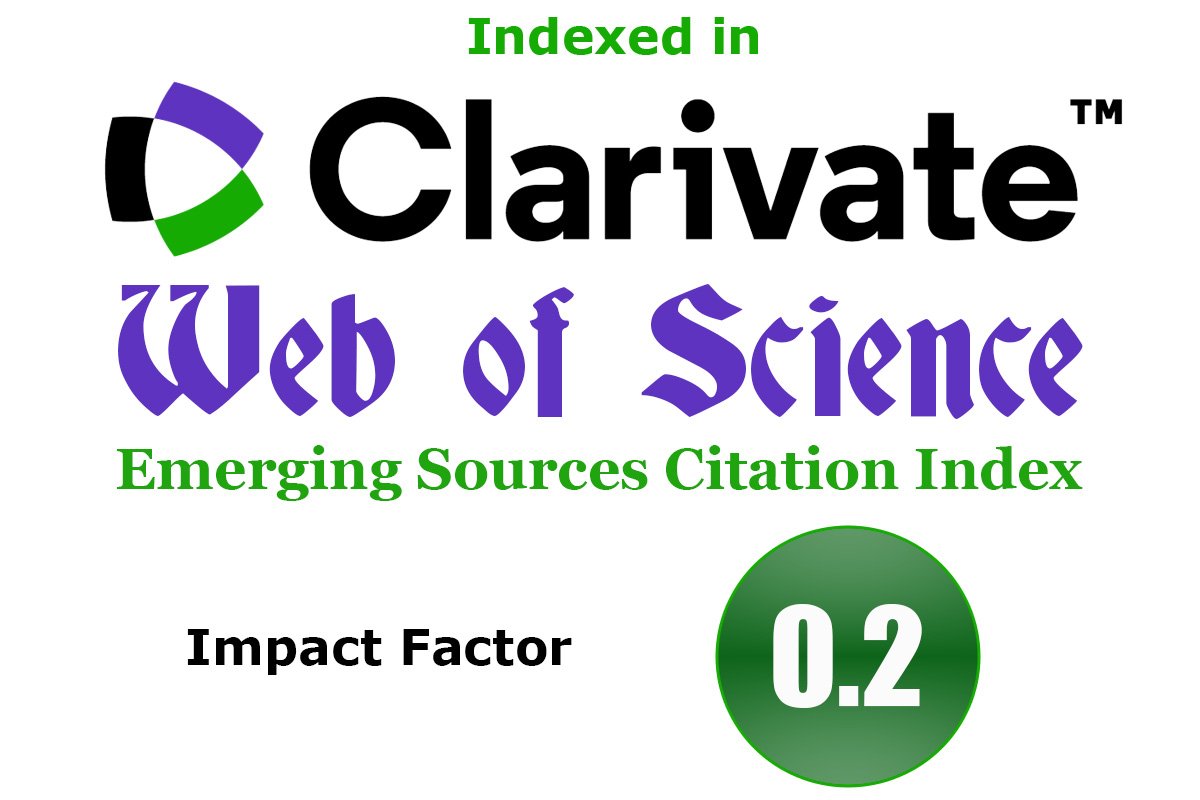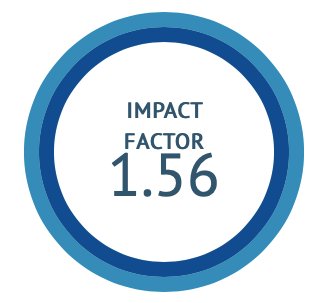Dermal wound healing contribution of aqueous extracts of Acalypha indica, Calotropis gigantea, Bacopa monnieri and their combination
DOI:
https://doi.org/10.47552/ijam.v16i1.5384Keywords:
Angiogenesis, Collagen remodelling, Epidermal differentiation, Polyherbal combination, Re-epithelialization, Wound healingAbstract
Wound healing is a complex process that requires a well-orchestrated integration of an array of molecular events such as cell migration and proliferation, deposition and remodelling of extracellular matrix components for restoring the structural and functional integrity of the injured tissue. Ayurveda suggests wound healing herbs can achieve enhanced therapeutic effect with reduced toxicity when they are optimally combined in a specific ratio as polyherbal formulation (PHF). The present study was aimed to evaluate the combinatorial wound healing efficacy (in vivo wound closure and histological changes) of aqueous extracts of three medicinal plants (Bacopa monnieri, Acalypha indica and Calotropis gigantea). This study also explored how the combination influenced the overall quality of healed wound. Individual wound closure kinetic performance of aqueous plant extracts in C57B/6J mice was assessed using safe concentrations obtained from human adult dermal fibroblast viability assay. The aqueous plant extract combination optimized using response surface methodology was tested for in vivo wound closure effectiveness. Quality of healed wound was assessed via Haematoxylin & Eosin and immunohistochemical staining of markers (K1, K5, Loricrin, Ki67, CD31 and collagen1). The combination treatment (B.monnieri-15μg/ml, A.indica-11.59μg/ml, C.gigantea-1μg/ml) contributed to faster wound closure (11 days), improved collagen type I remodelling and angiogenesis, complete re-epithelialization, similar epidermal differentiation pattern as that of individual and control treatments. Ki67 staining revealed no significant increase in cell proliferation in combination compared to individual and control. Findings from the study validates the polyherbal combination’s impressive capability to promote wound healing.
Downloads
Published
How to Cite
Issue
Section
License
Copyright (c) 2025 International Journal of Ayurvedic Medicine

This work is licensed under a Creative Commons Attribution-NonCommercial-ShareAlike 4.0 International License.
The author hereby transfers, assigns, or conveys all copyright ownership to the International Journal of Ayurvedic Medicine (IJAM). By this transfer, the article becomes the property of the IJAM and may not be published elsewhere without written permission from the IJAM.
This transfer of copyright also implies transfer of rights for printed, electronic, microfilm, and facsimile publication. No royalty or other monetary compensation will be received for transferring the copyright of the article to the IJAM.
The IJAM, in turn, grants each author the right to republish the article in any book for which he or she is the author or editor, without paying royalties to the IJAM, subject to the express conditions that (a) the author notify IJAM in advance in writing of this republication and (b) a credit line attributes the original publication to IJAM.




